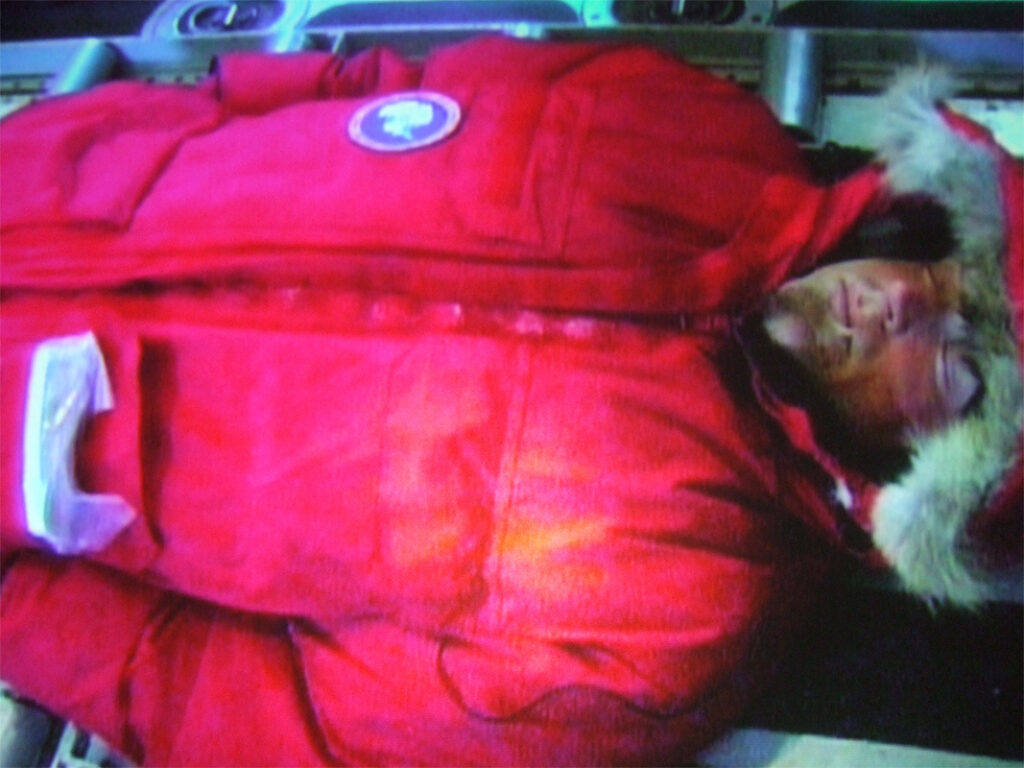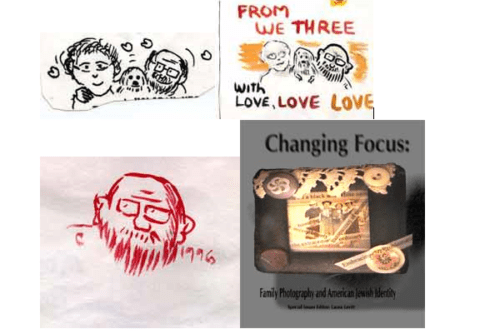Looking at and imaging the Antarctic landscape as a living force has different meaning in this era of potential ecological collapse than it did even fifteen years ago. Younger feminists today (and I don’t mean this monolithically, as though there ever was or ever will be some singular strand of thought) have a very different and perhaps even more horrific set of problems before them than someone like myself who first came to feminism as a young woman during the U.S. second wave. Currently, the subject of landscape is beginning to be a very different representational prospect among artists such as Joyce Campbell than it was for me when I started out in photography, in the 80s during the theoretical rise of post-structuralism. Ultimately, I found myself in that seemingly timeless space of “gender divide” so eloquently articulated by the feminist theorist Ann Snitow. 1 There is no singular comfortable occupation of any one side of the binaries of feminist debates. We are always having to negotiate and re-negotiate ideological space. My performative approach to the photographer’s body may have made me feel like a bit of spy, the way one acquaintance, an F-to-M transgendered person, once described to me what it was like when he first stood among men and heard how they really talked about women. But I also found myself wanting to forget about gender, more specifically, not having to first define myself as a woman in response to being on the ice.
To “forget” fully would have, of course, been regressive if not impossible. But I found myself thinking back to (as well as taking comfort from) an essay I read many years ago by the brilliant cultural critic, and feminist journalist, the late Ellen Willis. 2 It was an early piece on the potential trap of identity politics (why must one always first name the identity given to them by their oppressor in order to undo it?). In this discussion, Willis suggested that considerations of cultural particularities do not necessarily exclude one from reflecting on ideas of human connectivity. In some ways, even given the possible slippery slope to a liberal humanism, thinking back to Willis’ words helped paved the way for the videos I produced which, in a necessary contrast to the photographs, trace “life.”

Video still from Untitled (Ross Ice Shelf, Antarctica)
digital print
Courtesy of the artist
One installation is a large projection of a Weddell seal oxygenating, a simple unedited loop (see Figure 14). At first the viewer sees a close up of the ice hole, although to some it looks like an ice glacier. Unexpectedly a Weddell seal breaks through and begins pulling in air, closing her eyes as she breathes and then opening them to look directly into the camera. The preliminary response to this 700 pound mammal is almost always “how cute.” But after four minutes of watching non-stop breathing (going against the highly edited grain of mainstream nature films), it is almost impossible not to think about one’s own breathing and immediate physical space. Juxtaposed with this is a smaller projection of a worker (an ice hole driller) on the cargo plane which is transporting both of us off the ice and back to New Zealand (see Figure 15). I shot him while he was sleeping in full polar gear in the back bay of the cargo plane (except for me, there were no women to point my camera at). Focusing on his slow breathing and framed to mimic the genre of horror science fiction films, what comes across is the fragility of the human body even within context of the prosthetic devices of technology.

Video still from installation Sleeping Man on Transport Plane
digital print
Courtesy of the artist
In fall 2007 I showed V.A.L.I.S. at Gallery de Soto in downtown Los Angeles, in what was almost an ideal space for the work: an upstairs in which to install the photographs, a downstairs space for the video installations. As one walked around looking at the images, the sounds from the videos (the seal breathing mixed in with the rumbles of the cargo plane) floated up from below, an audible subterranean. But as one stood downstairs, watching the films, it was hard to tell which level had the greater claim to the space of dreams.



